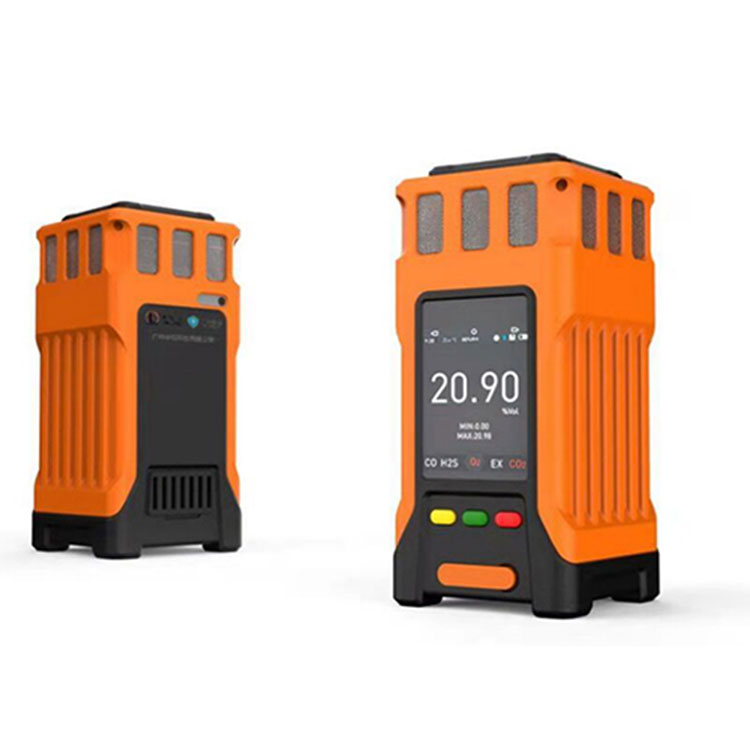- English
- Español
- Português
- русский
- Français
- 日本語
- Deutsch
- tiếng Việt
- Italiano
- Nederlands
- ภาษาไทย
- Polski
- 한국어
- Svenska
- magyar
- Malay
- বাংলা ভাষার
- Dansk
- Suomi
- हिन्दी
- Pilipino
- Türkçe
- Gaeilge
- العربية
- Indonesia
- Norsk
- تمل
- český
- ελληνικά
- український
- Javanese
- فارسی
- தமிழ்
- తెలుగు
- नेपाली
- Burmese
- български
- ລາວ
- Latine
- Қазақша
- Euskal
- Azərbaycan
- Slovenský jazyk
- Македонски
- Lietuvos
- Eesti Keel
- Română
- Slovenski
- मराठी
- Srpski језик
Gas Analyzer Response Time: A Comprehensive Interpretation from Principle to Practice
2025-07-25
Gas analyzers play an important role in modern industry, environmental protection and scientific research, and response time, as a core performance indicator, directly affects detection efficiency and safety protection capabilities. This article will explore the essence of gas analyzer response time, analyze the key factors affecting its speed, and share practical methods to improve response speed.
First, we must understand what response time is. Simply put, it is the time required from the start of detection by the instrument to the display of stable and accurate readings. The shorter this time, the faster the instrument reacts and the more timely it can capture changes in gas concentration, which means the response time of different types of analyzers varies greatly. So we can know electrochemical type usually takes 30-60 seconds, while infrared type may only take 5-10 seconds, and laser type can even respond in milliseconds

Three key factors affecting response time of Gas analyzers:
Sensor type: Electrochemical sensors require gas to react on electrodes, which is a relatively slow process; while infrared sensors respond faster through the principle of light absorption
Gas diffusion path: The shorter and more direct the channel for gas to enter the sensor when designing the sensor, the faster the response time. Some high-end instruments use special gas chamber designs to optimize this
Signal processing algorithms: Modern instruments use intelligent algorithms to accelerate data stabilization, such as sliding window averaging or adaptive filtering technology, which can effectively shorten the stabilization time
In practical applications, we can take measures to optimize the response time. For example, we can take regularly calibrate the sensor to maintain the best working condition. And besides, we should choose the type of sensor suitable for the application scenario (such as infrared or laser type if fast response is required).
Optimize the sampling system design to reduce gas transmission delay is also very important. Last but not at least, update the instrument firmware and use the latest signal processing algorithm.
It is particularly important to note that excessive pursuit of fast response may sacrifice accuracy. For example, in environmental monitoring, it may be necessary to appropriately extend the response time to ensure data accuracy. This requires finding the best balance between response time and measurement accuracy according to the specific application scenario.
As a professional manufacturer and supplier, we provide high-quality products. If you are interested in our products or have any questions, please feel free to contact us.







